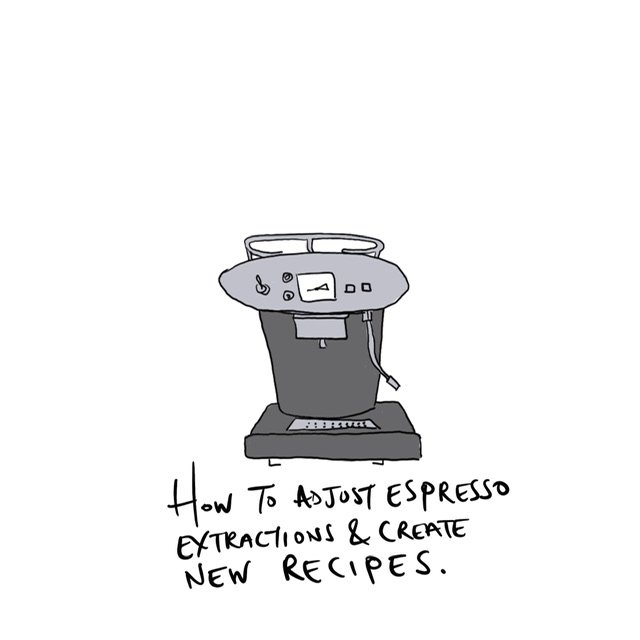How to Adjust Espresso Extractions and Create New Recipes
Espresso is a beloved coffee preparation method for millions of caffeine enthusiasts all over the world. As much as it seems simple – shots of coffee mixed with steamed milk – there's actually a complex science behind this beloved drink. One of the critical things that you need to know as a barista or home brewer is how to adjust your espresso extractions to create new recipes that are unique and delicious. This 787 Coffee - Guide to better coffee post will cover everything you need to know about adjusting espresso extractions and creating new recipes that will impress even the most seasoned coffee connoisseurs.
Let’s Connect!
Understand the basics of espresso extraction:
Before you start to experiment with adjusting your espresso extraction, it's crucial to understand the basics of the process. Espresso extraction relies on the combination of three critical elements – dose, temperature, and pressure. You need to have a consistent dose, temperature, and pressure to achieve the perfect espresso shot. So before you start playing around with the variables, make sure you get the basics down. Once you've mastered the basics, then you can start to experiment with adjusting the recipe to suit your preferences.
Experiment with different coarseness levels:
The coarseness of your coffee grind has a significant impact on your espresso extraction. If your grind size is too fine, your shot will over-extract, meaning it will be bitter and unpleasant. If your grind size is too coarse, your extraction will be under-extracted, leaving your shot sour and lackluster. Experiment with different coarseness levels to find the perfect grind size that works for you. Don't be afraid to make adjustments as required until you achieve the desired balance of flavors.
Adjust dosing based on coffee beans:
The amount of coffee you use for each shot of espresso is known as the dose. Dosing is critical because it affects the strength and body of your espresso shot. When adjusting your espresso dose, it's essential to remember that different coffee beans have different densities and grind sizes. That's why it's always best to start with a dosage that suits the coffee beans you're using. Once you find the sweet spot, you can adjust your dosing from there.
“I judge a restaurant by the bread and by the coffee.”
Coffee can bring us together, help us relax, and provide us with the energy we need to get through our day.
Change the temperature:
Adjusting the temperature of your espresso extraction can affect the flavors and aromas of your coffee. If your espresso is too hot, it will be bitter, and if it's too cold, it will be sour. Experiment with different temperature ranges until you achieve the perfect balance. Keep in mind that higher temperatures will extract more sweetness and body from your beans, but lower temperatures will extract more acidity.
Play around with pressure:
Pressure is another key element in espresso extraction. Different machines use different pressures, which can drastically change the taste of your shot. Try playing around with the amount of pressure you use to extract your espresso shot to see how it affects the flavors and aromas. As with other variables, it's essential to remember that less pressure will result in a weaker shot, while more pressure will result in a stronger shot.
To summarize
Adjusting espresso extractions to create new recipes takes some time, patience, and experimentation. However, the rewards are significant – you can create unique and exciting espresso shots that you won't find at your local coffee shop. We hope that this guide has given you a better understanding of how to adjust espresso extractions and create new recipes. Experiment with different variables until you find your desired taste, and soon you'll be brewing espressos like a pro.
Stay caffeinated and motivated.



